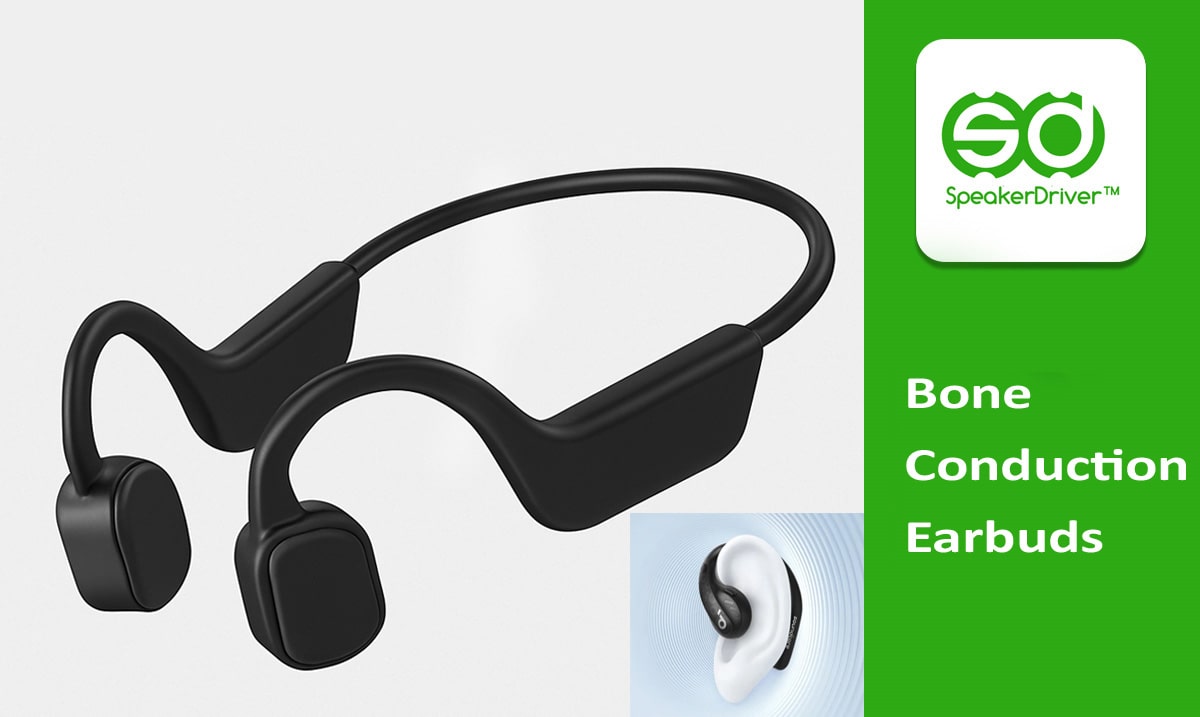Bone Conduction Earbuds: Pros and Cons
Bone conduction earbuds are an innovative type of audio device that transmit sound through vibrations directly to the inner ear via the skull. Unlike traditional earbuds, they do not sit inside the ear canal, allowing users to stay aware of their surroundings while enjoying music or taking calls. In this article, we will explore the advantages and drawbacks of bone conduction earbuds, helping you decide whether they are the right choice for your audio needs.
What Are Bone Conduction Earbuds?
Bone conduction earbuds use transducers to send sound waves through the bones of the skull instead of the eardrum. This technology was originally developed for military and medical applications but has now gained popularity in consumer audio products, particularly for outdoor enthusiasts and individuals with hearing impairments.
Pros of Bone Conduction Earbuds
- Open-Ear Design: Keeps your ears free, allowing you to stay aware of ambient sounds, which is essential for outdoor activities like running and cycling.
- Comfortable Fit: No in-ear pressure, making them ideal for people who experience discomfort with traditional earbuds.
- Hearing Aid Compatibility: Beneficial for individuals with conductive hearing loss, as sound bypasses the eardrum.
- Sweat and Water Resistant: Many models are designed to withstand sweat and rain, making them perfect for workouts and outdoor adventures.
- Safer for Outdoor Use: Since your ears remain open, you can hear traffic and other environmental sounds while listening to music.
Cons of Bone Conduction Earbuds
- Lower Sound Quality: Compared to traditional earbuds, bone conduction technology often lacks deep bass and full-range audio performance.
- Sound Leakage: Since they sit outside the ear, sound can be heard by people nearby, reducing privacy.
- Battery Life: Typically shorter battery life compared to traditional wireless earbuds due to the unique technology used.
- Higher Cost: Quality bone conduction earbuds are often more expensive than conventional earbuds with similar features.
- Vibration Sensation: Some users may find the vibrations on their temples uncomfortable over extended periods of use.
Who Should Consider Bone Conduction Earbuds?
Bone conduction earbuds are ideal for athletes, outdoor enthusiasts, and individuals with specific hearing impairments. If you need to stay aware of your environment while enjoying music, they can be a great option. However, audiophiles or those seeking deep bass and immersive sound may prefer traditional earbuds or headphones.
Conclusion
Bone conduction earbuds offer a unique and practical solution for those who prioritize situational awareness, comfort, and accessibility. While they have some drawbacks, such as lower audio fidelity and sound leakage, their benefits make them a valuable choice for specific users.
Bone conduction earbuds redefine how we experience audio, providing an open-ear design that enhances safety and comfort. If situational awareness is crucial for you, they might be the perfect fit.










